Where Cold And Warm Air Meet, Our Atmosphere Churns With Energy. From The Turbulence Of Supercell Thunderclouds



Where cold and warm air meet, our atmosphere churns with energy. From the turbulence of supercell thunderclouds to the immense electrical discharge of lightning, there’s much that’s breathtaking about stormy skies. Photographer Dustin Farrell explores them, with a special emphasis on lightning, in his short film, “Transient 2″.
As seen in high-speed video, lightning strikes begin with tree-like leaders that split and spread, searching out the path of least resistance. Once that line from cloud to ground is discovered, electrons flow along a plasma channel that arcs from sky to earth. The estimated temperatures in the core of this plasma reach 50,000 Kelvin, far hotter than the Sun’s surface. It’s this heating that generates the blue-white glow of a lightning bolt. The heating also expands the air nearby explosively, producing the shock wave we hear as a crash of thunder. (Images and video credit: D. Farrell et al.; via Colossal)
More Posts from Sidusglacies and Others

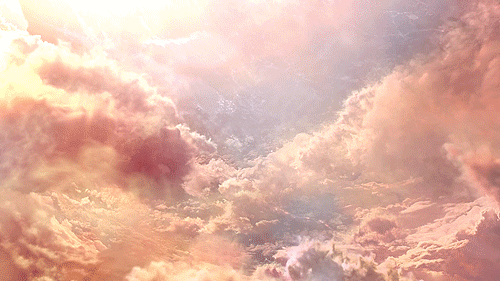
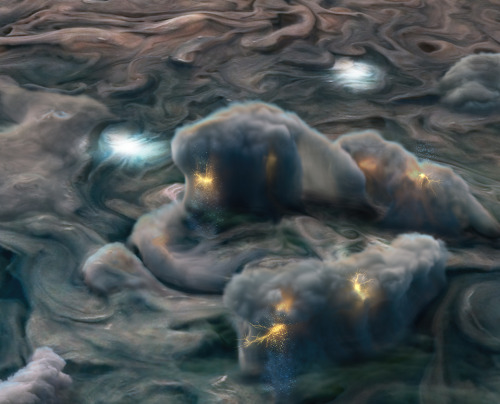
New results from our Juno mission suggest the planet is home to “shallow lightning.” An unexpected form of electrical discharge, shallow lightning comes from a unique ammonia-water solution.
It was previously thought that lightning on Jupiter was similar to Earth, forming only in thunderstorms where water exists in all its phases – ice, liquid, and gas. But flashes observed at altitudes too cold for pure liquid water to exist told a different story. This illustration uses data obtained by the mission to show what these high-altitude electrical storms look like.
Understanding the inner workings of Jupiter allows us to develop theories about atmospheres on other planets and exoplanets!
Illustration Credit: NASA/JPL-Caltech/SwRI/MSSS/Gerald Eichstädt/Heidi N. Becker/Koji Kuramura
Make sure to follow us on Tumblr for your regular dose of space: http://nasa.tumblr.com
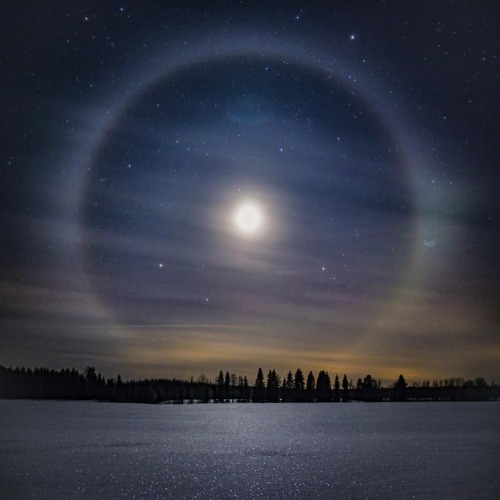
A moon halo created by ice crystal in the air
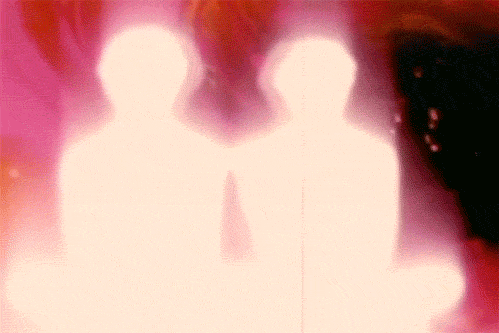
“Once you truly experience a spiritual bond that transcends physicality, you will always consciously or unconsciously seek bonds that are able to pierce into the deepest layers of your soul, and anything less just feels so frivolous.”~ AV

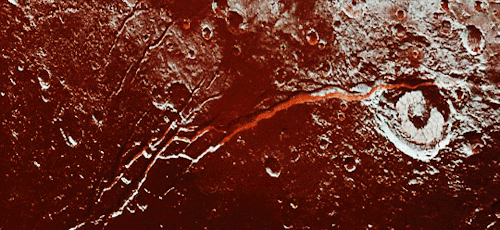
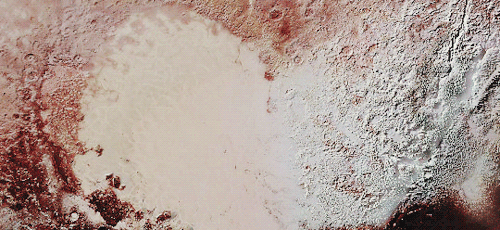
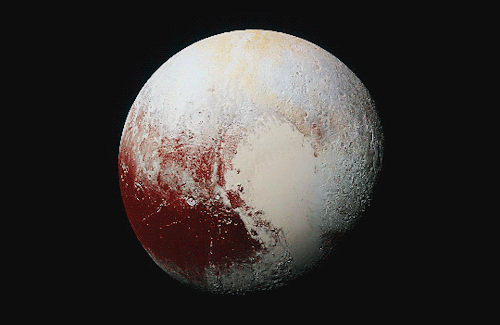
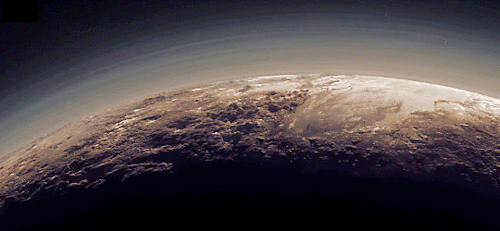
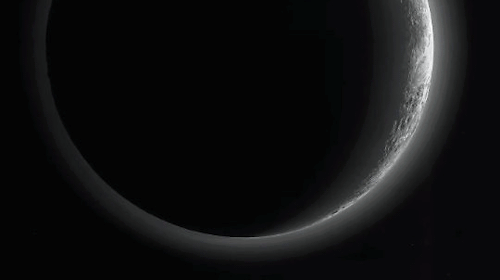
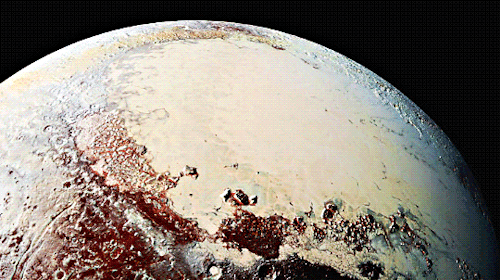
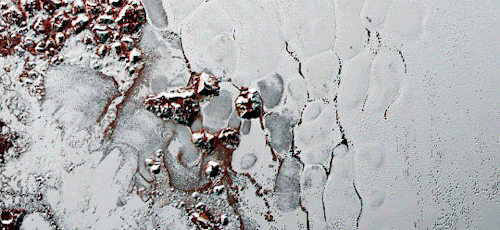

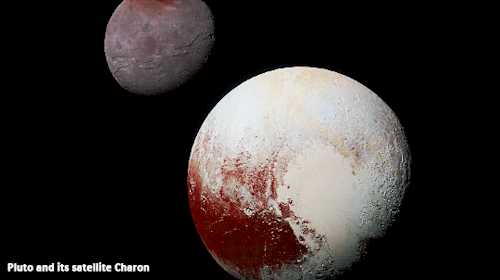
Pluto as seen from NASA’s New Horizons spacecraft ; Its heart-shaped sea is filled with poisonous ice.

An total solar eclipse, 1905, observed from Palma, Balearic Islands, Spain, illustrated by Major Baden-Powell.

The faint rings of Uranus, shot in 1986, are made of countless fragments of water ice containing radiation-altered organic material.
Credit: NASA/JPL/Michael Benson, Kinetikon Pictures




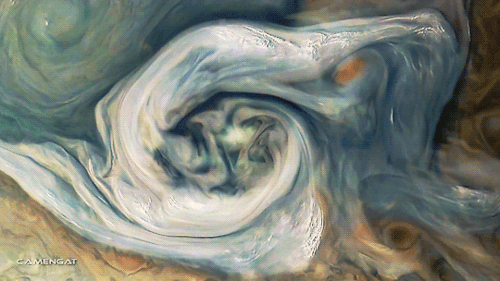





Planet: Jupiter

Big Dipper
-
 lady-lycany liked this · 3 years ago
lady-lycany liked this · 3 years ago -
 fangsandseascales liked this · 3 years ago
fangsandseascales liked this · 3 years ago -
 googlyprincess liked this · 3 years ago
googlyprincess liked this · 3 years ago -
 movinginstero liked this · 3 years ago
movinginstero liked this · 3 years ago -
 strawbebbypawz liked this · 3 years ago
strawbebbypawz liked this · 3 years ago -
 pink-and-purple-flowers liked this · 3 years ago
pink-and-purple-flowers liked this · 3 years ago -
 clairethetiger9996 reblogged this · 3 years ago
clairethetiger9996 reblogged this · 3 years ago -
 spirit-5000 liked this · 3 years ago
spirit-5000 liked this · 3 years ago -
 yusuf-krk liked this · 3 years ago
yusuf-krk liked this · 3 years ago -
 foaming-seafangs reblogged this · 3 years ago
foaming-seafangs reblogged this · 3 years ago -
 gaywatermelon liked this · 3 years ago
gaywatermelon liked this · 3 years ago -
 theodorebasmanov liked this · 3 years ago
theodorebasmanov liked this · 3 years ago -
 do-angels-dream-of-starry-seas reblogged this · 3 years ago
do-angels-dream-of-starry-seas reblogged this · 3 years ago -
 daughterofthewindandocean liked this · 3 years ago
daughterofthewindandocean liked this · 3 years ago -
 sensoryserenity reblogged this · 3 years ago
sensoryserenity reblogged this · 3 years ago -
 pleaseignorelmao liked this · 3 years ago
pleaseignorelmao liked this · 3 years ago -
 coal-wings-and-cold-fronts reblogged this · 3 years ago
coal-wings-and-cold-fronts reblogged this · 3 years ago -
 coal-wings-and-cold-fronts liked this · 3 years ago
coal-wings-and-cold-fronts liked this · 3 years ago -
 imaredshirt reblogged this · 3 years ago
imaredshirt reblogged this · 3 years ago -
 imaredshirt liked this · 3 years ago
imaredshirt liked this · 3 years ago -
 leaubergineman liked this · 4 years ago
leaubergineman liked this · 4 years ago -
 sidusglacies reblogged this · 4 years ago
sidusglacies reblogged this · 4 years ago -
 ericaguilart liked this · 4 years ago
ericaguilart liked this · 4 years ago -
 meticulousmaker liked this · 4 years ago
meticulousmaker liked this · 4 years ago -
 techjum reblogged this · 4 years ago
techjum reblogged this · 4 years ago -
 hellisstyless reblogged this · 5 years ago
hellisstyless reblogged this · 5 years ago -
 sungodsevenoclock liked this · 5 years ago
sungodsevenoclock liked this · 5 years ago -
 lesbianbirch liked this · 5 years ago
lesbianbirch liked this · 5 years ago -
 rip-tooth liked this · 5 years ago
rip-tooth liked this · 5 years ago -
 purplepollywog reblogged this · 5 years ago
purplepollywog reblogged this · 5 years ago -
 coolsillytrashcollector reblogged this · 5 years ago
coolsillytrashcollector reblogged this · 5 years ago -
 noirpanthera reblogged this · 5 years ago
noirpanthera reblogged this · 5 years ago -
 savethefirecat liked this · 5 years ago
savethefirecat liked this · 5 years ago -
 skyloop reblogged this · 5 years ago
skyloop reblogged this · 5 years ago -
 astarlingdiscovery reblogged this · 5 years ago
astarlingdiscovery reblogged this · 5 years ago -
 erikthedog liked this · 5 years ago
erikthedog liked this · 5 years ago -
 coikarp liked this · 5 years ago
coikarp liked this · 5 years ago -
 shinyhappysummersun reblogged this · 5 years ago
shinyhappysummersun reblogged this · 5 years ago
